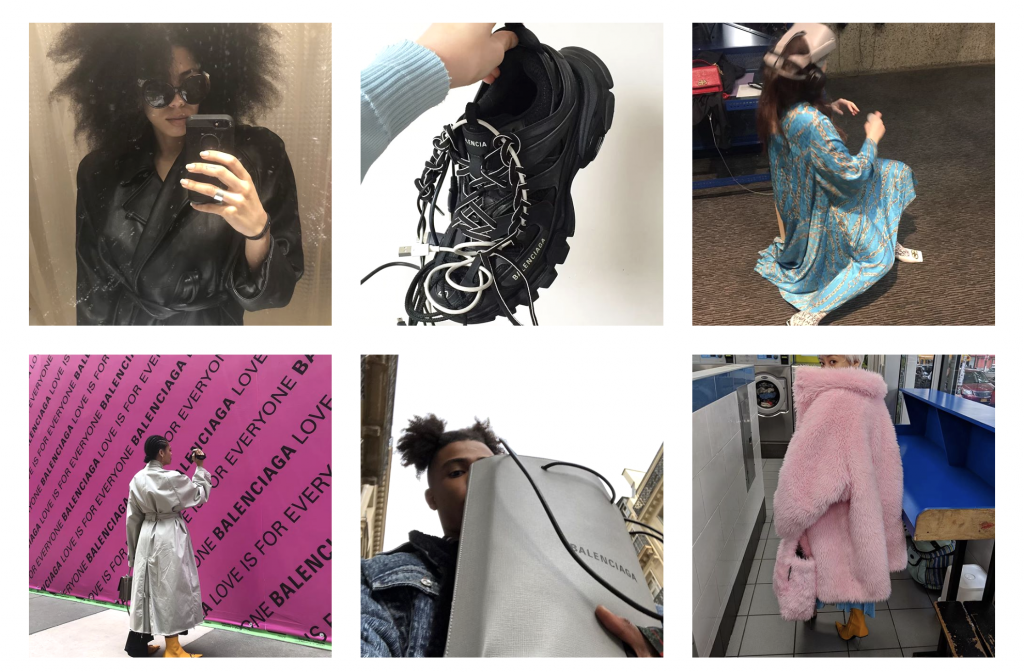MARKETING TO MILLENNIALS

With millennials fast becoming the dominant demographic for apparel merchandisers and marketers, retailers who fail to change their business models at a more rapid pace will continue to struggle.
This is a generation consumed with technology, obsessed with having authentic experiences and committed to aligning their purchasing with their social values. As the digital world continues to expand, vendors and retailers can no longer avoid diving into this universe, however incompatible it may seem with traditional retail marketing.
A recent survey commissioned by American Express Canada and conducted by Nielsen revealed the disparity between retailers’ priorities and the needs of millennials (anyone born between the mid-’80s and late-’90). Fifty-one percent of retailers admit they need to better position themselves with millennials while only 25 percent actually market themselves specifically to this demographic. This disparity can be attributed to the conundrum as old as marketing itself: How do you sell a three-dimensional product through a two-dimensional image? One answer is to create customized experiences—digital and in-person. While this might seem straightforward, it is, in fact, a craft.
Take a cue from a few success stories. Balenciaga, a hot brand among this demographic, has mastered the art of digital product placement. Browse their website and observe how their brand is represented in content that reflects modernity and maximalism. As Balenciaga’s creative director, Demna Gvasalia, explains in a Financial Times article, the younger generation is looking to purchase unique items to make a statement. Instead of following the original fashion direction of founder Cristóbal Balenciaga, they’ve diversified their market to feature haute streetwear including high-end sneakers, hoodies, and bold logo prints.

Another excellent example is Gucci’s transformation from traditional luxury to modern, eccentric luxury to capture the attention of millennials. Gucci’s social presence, particularly on Instagram stories, allows the company to tell stories to their followers. This digital medium is used by a large swath of their target millennial market and acts as a hub to promote Gucci’s collaborations with cutting-edge visual and performance artists, fashion videos, curated Spotify playlists, Snapchat lenses, branded podcasts and more. This generation expects multimedia content, and Gucci is doing this well while at the same time reinforcing its brand identity. Both Gucci and Balenciaga have figured out how to tap into what millennials want; their digital presence is based on an artistic foundation, an important focus for capturing this demographic.
In addition to responding to online marketing, customers aged 18-25 are still making in-store purchases, according to Package Concierge, a provider of locker solutions. Based on a survey of more than 1,000 young adults, their research unveiled that nearly 60 percent have visited a mall within the last week. And while the behavior and needs of consumers are evolving, “Buy Online Pickup In-Store” (BOPIS) has become a popular shopping method with this age group. More than half (58 percent) of those polled have used BOPIS, with nearly two-thirds using it within the last month.
Doing our own consumer research of this demographic, MR magazine found that because millennials are cautious shoppers, more than half are interested in learning about the history, values, and craftsmanship of the brands they buy. Therefore, aligning your company’s ethos with consumer values plays an important role in building your brand’s reputation. A perfect example of this is Prada’s pledge to go 100 percent fur-free beginning with the brand’s spring/summer 2020 collection. Prada collaborated with The Humane Society to adopt a more ethical approach to producing clothing.
Furthermore, according to MR magazine research, 66 percent of responding millennials say they would be willing to spend more on sustainably sourced clothing. Clearly, young shoppers will continue to seek out brands they can relate to, basing their purchasing decisions on company values and actions taken to save the planet.


